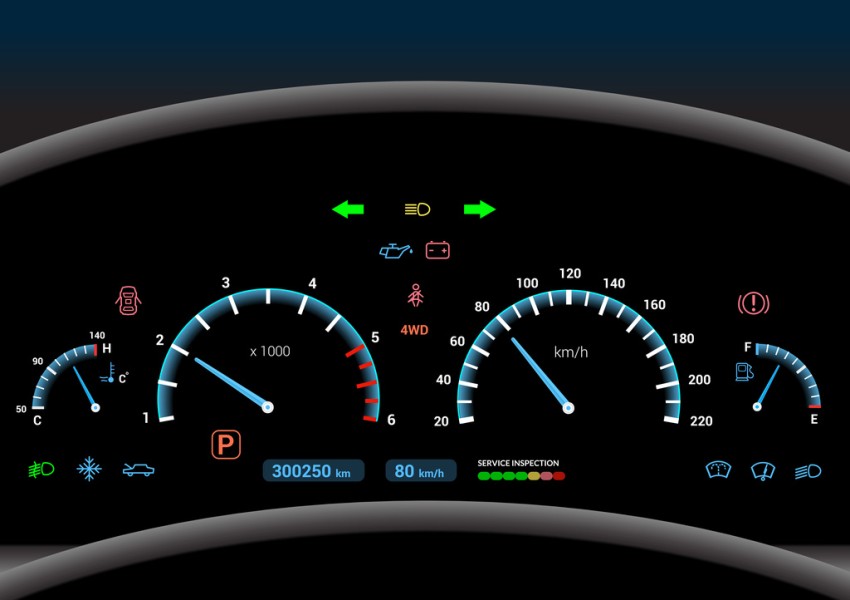Decode Your Car Dashboard Signs: What Do They Mean?
When you are driving, you rely heavily on the information displayed on your car’s dashboard. But what happens when a strange icon or warning light appears? Understanding what these symbols mean is crucial to keeping you and your vehicle safe on the road.
In this article, I will explain you the most common car dashboard signs and what they mean.
Check Engine Light: Don’t Panic, Take Action
One of the most common dashboard signs is the “check engine” light. When this light comes on, it’s important to stay calm and take action. The light can indicate a wide range of issues, from a loose gas cap to a more serious engine problem. Don’t ignore the light or assume it will go away on its own – schedule an appointment with your mechanic to diagnose and fix the issue.
Battery Sign: Keep Your Car Charged
The battery symbol on your dashboard indicates that your car’s battery is not charging properly. This can be caused by a faulty alternator or a weak battery. If the light comes on while driving, try to turn off any non-essential electrical components and drive to a mechanic or auto parts store to have the battery and charging system checked.
Oil Pressure Sign: Don’t Ignore the Lubrication
The oil pressure symbol on your dashboard indicates that your car’s oil pressure is low, which could cause damage to your engine. Stop driving as soon as possible and check your oil level. If the oil level is fine, have your car towed to a mechanic immediately to avoid further damage.
Tire Pressure Sign: Keep Your Tires Inflated
The tire pressure warning light is a small but important sign. It indicates that one or more of your tires is underinflated, which can negatively impact your car’s handling, fuel economy, and safety. Check your tire pressure and inflate them to the recommended level as soon as possible.
ABS Sign: Stay Safe on the Road
The anti-lock brake system (ABS) warning light indicates a problem with your car’s braking system. This could be caused by a range of issues, including a faulty ABS sensor or a low brake fluid level. If the light comes on while driving, be sure to keep a safe distance from other cars.
Airbag Sign: Don’t Take Safety for Granted
The airbag warning light indicates that there is a problem with your car’s airbag system. This could mean that the airbags may not deploy in the event of an accident, which can result in serious injury or even death. If the light comes on, take your car to a mechanic immediately to diagnose and fix the issue.
Fuel Sign: Keep Your Car Fueled
The fuel gauge on your dashboard lets you know how much fuel you have left in your car’s tank. If the fuel warning light comes on, it’s time to refuel your car. Running out of gas can cause damage to your engine and leave you stranded on the road.
Temperature Sign: Don’t Overheat
The temperature warning light indicates that your car’s engine is overheating. This can be caused by a variety of issues, including a leak in the cooling system or a malfunctioning thermostat. If the light comes on, pull over and turn off your car immediately to avoid further damage.
ESP Sign: Keep Your Car in Control
The Electronic Stability Program (ESP) warning light indicates a problem with your car’s stability control system. This system helps keep your car in control in slippery or unstable driving conditions.
Service Sign: Don’t Ignore Routine Maintenance
The service reminder light on your dashboard lets you know when it’s time to take your car in for routine maintenance, such as an oil change or tire rotation. Ignoring these reminders can result in costly repairs and decrease the lifespan of your car.
Conclusion:
Your car’s dashboard is your primary source of information while driving. Don’t ignore or overlook any warning signs. Familiarize yourself with these common dashboard signs and their meanings to ensure your safety and the safety of those around you.
Stay safe on the road!





